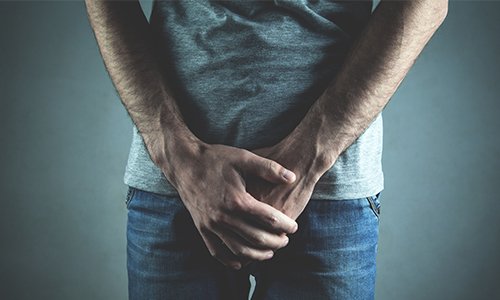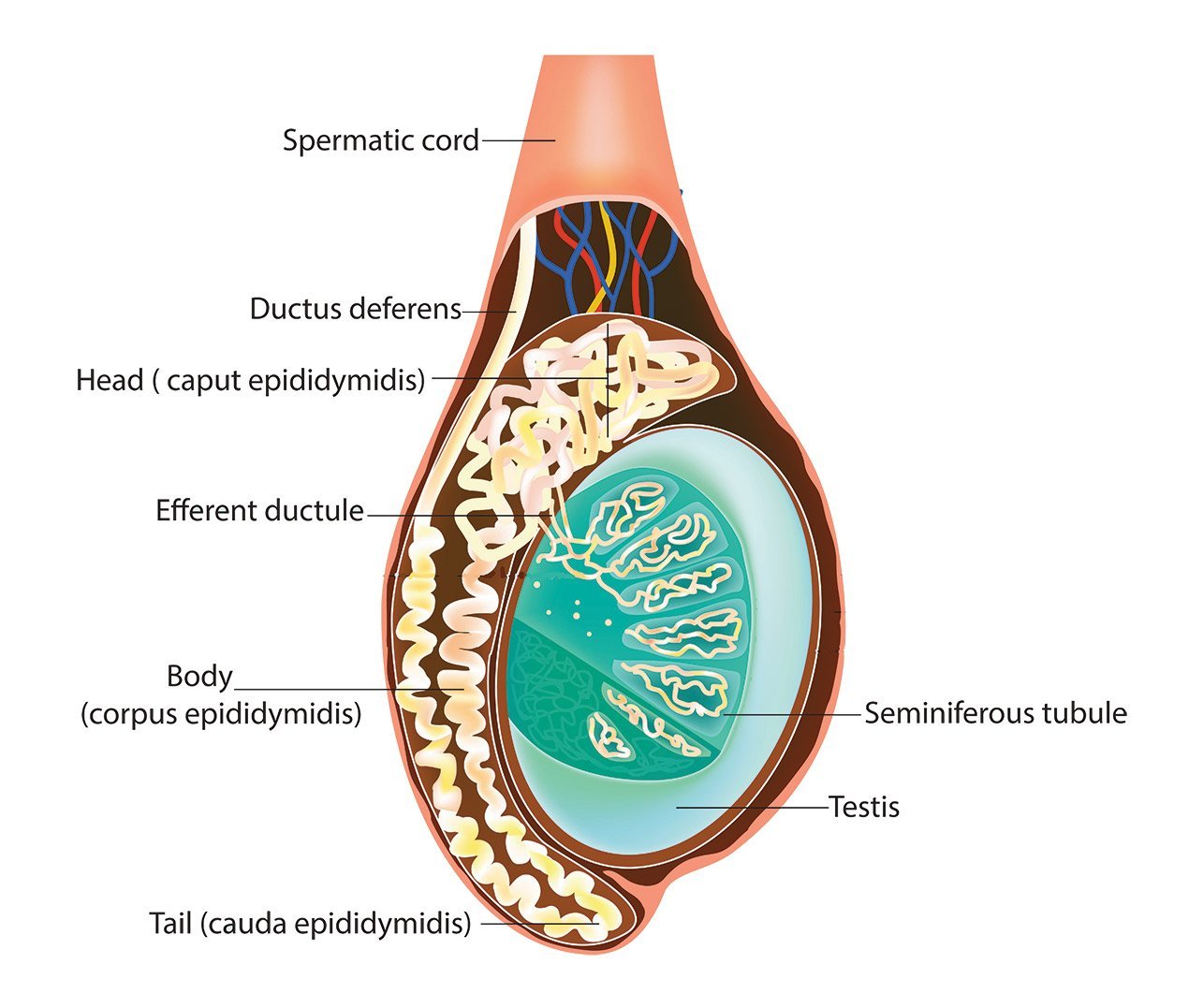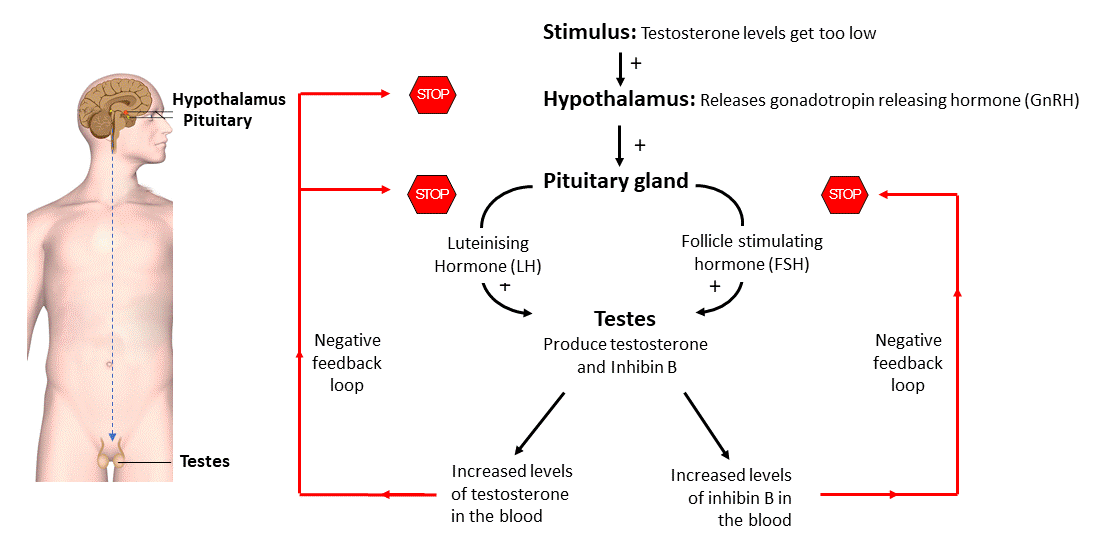Location of the testes
The two testes (testicles) are oval shaped glands that sit in a pouch of skin (the scrotum) behind the penis. In adult men, each testis is between 12-25 ml in size, growing from 1-3 ml in prepubertal children. It is normal for the size of each testis to differ slightly and for one to sit lower than the other. Each testis is attached to the body by the spermatic cord, which contains nerves, blood vessels and the vas deferens (which carries sperm from the testes to the urethra).
The location of the testes and scrotum on the outside of the body means that the testes can be kept cooler than normal body temperature. This is important for sperm production.
The testes are made up of 200-300 compartments called lobules. Each lobule contains several coiled structures called seminiferous tubules, where sperm are made. The seminiferous tubules then release the sperm into a series of ducts where they mature and pass to the urethra. Around the seminiferous tubules are the specialised cells that produce testosterone, called the Leydig cells.
Functions/Roles of the testes
The two main functions of the testes are to produce sperm and to produce the male sex hormones (androgens). This makes the testis both an endocrine and exocrine gland (which release substances into a duct rather than directly into the blood like endocrine glands).
Testosterone has many functions including:
Keeping testis hormone levels in balance
Testosterone
Testosterone levels are controlled through a negative feedback loop. The hypothalamus releases gonadotrophin releasing hormone (GnRH) which signals the pituitary gland to release luteinising hormone (LH). LH signals the testes to produce testosterone. When testosterone levels reach a threshold, the hypothalamus makes less GnRH. This loop keeps testosterone levels within a normal range.
Inhibin B
Inhibin B levels are controlled through a negative feedback loop. In fertile men, follicle stimulating hormone (FSH) released from the pituitary gland signals the testes to make inhibin B. This increase in inhibin B signals the pituitary to decrease FSH production. This loop keeps inhibin B levels within a normal range.
Common Problems / Disorders of the Testes

Cryptorchidism

Testicular Cancer

Male Infertility
Page last reviewed on 2 Mar 2023




